ISO or VDA 19 Components Cleanliness
Jan 17 , 2022Small Particles and Big Hazards-the Importance of Car Cleanliness
The earliest history of cleanliness is used in the aerospace industry. In the early 1960s, the American Automotive Engineers (SAE) and the American Association of Aeronautics and Astronautics (SAE) began to use uniform cleanliness standards, which were widely used in the aviation and automotive industries. Cleanliness indicates the amount of dirt remaining on the surface of a part or product after cleaning, and is a very important quality indicator.
1. Why is the cleanliness inspection of auto parts so important?
1. Let us use a few cases to understand the impact of pollution of auto parts.
Camshafts, gears, chains and other parts that work in lubricating oil or in the oil pressurized area, especially the parts connected with high torque and high speed, once pollutant particles are generated, may cause the entire system to fail.
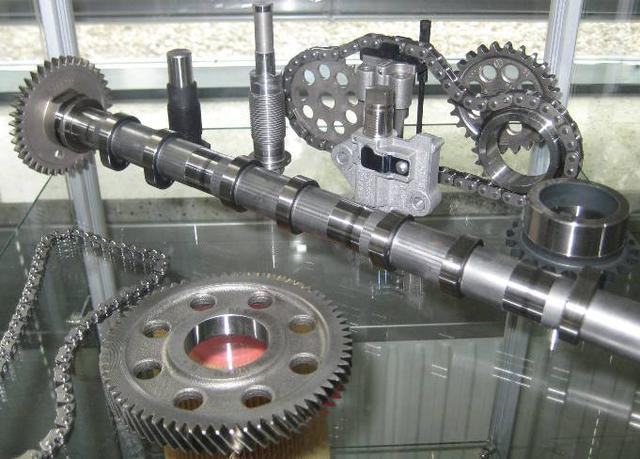
When the turbine rotates at thousands of revolutions per minute, any tiny particles can cause catastrophic fracture.
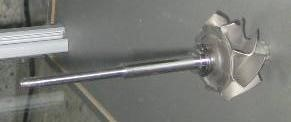
The presence of conductive particles in the electronic system can cause short circuits in the circuit.
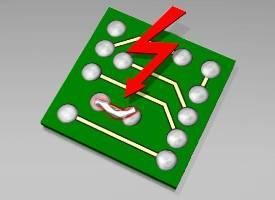
2. What is the importance of cleanliness testing of auto parts?
Garbage of components can cause more than 80% of early system failures and warranty costs; large-size pollutant particles (lethal particles) may cause equipment failure, failure, and loss of control; small particle pollution can reduce system performance; higher tolerance requirements make Products are more sensitive to pollutants and residues; cleanliness is related to product service life; suppliers "in the system" must provide relevant cleanliness certification.
2. How to choose a suitable cleanliness program?
1. What parameters does the cleanliness analysis provide?
Cleanliness analysis mainly includes the total weight of the particles, particle or fiber identification, the length and width of the particles, the height of the particles, the reflective properties of the particles, the elemental composition of the particles or the source of the particles. The VDA19 standard provides cleanliness analysis methods and their corresponding application ranges.
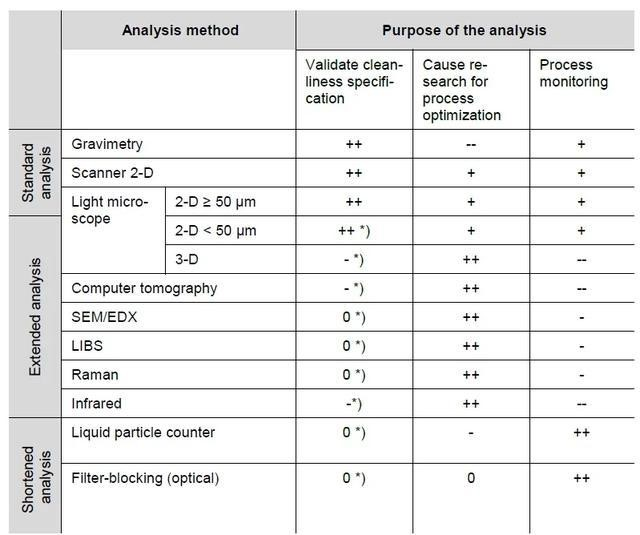
Standard analysis mainly includes gravimetric analysis, particle length and width analysis.
The result of gravimetric analysis shows the weight value of the residue, which is determined by the total amount of impurity particles and the larger particles and their materials. Gravimetric analysis cannot give the number, size and properties of specific particles, and it is also difficult to give potential risks.
The particle length corresponds to the "worst case damage potential" that can span sensitive gaps in the automotive system (such as the contact distance between two electronic components). The particle width, in terms of the destructiveness of the particle, corresponds to the width of the channel, for example, particles of this size can still pass through the channel.
In-depth analysis mainly includes particle height analysis and elemental analysis.
The height of the particles, especially the height of the metal particles, can better characterize the damage potential of the particles. Metal particles with high hardness and good wear resistance exist on the contact surface between the parts, which will cause scratches on the surface of the parts; metal particles with good conductivity can cause short circuits on the circuit board.
How to identify whether a particle is a metal particle or a non-metal particle can only be analyzed from its elemental composition. Commonly used detection methods are scanning electron microscopy/energy spectroscopy (SEM/EDX) and laser induced breakdown spectroscopy (LIBS).
2. Optical microscopy solutions provided by Leica
Optical microscopy is the most commonly used method for cleanliness testing. The VDA19 standard lists the size range analyzed by various types of microscopes. The material microscope has higher XY resolution and can analyze particles of smaller sizes. The magnification is 20X and above. The numerical aperture is greater than 0.4, and is often used for particle height analysis; zoom microscopes and stereo microscopes have larger depth of field and field of view, and are usually used for rapid analysis of large particles.
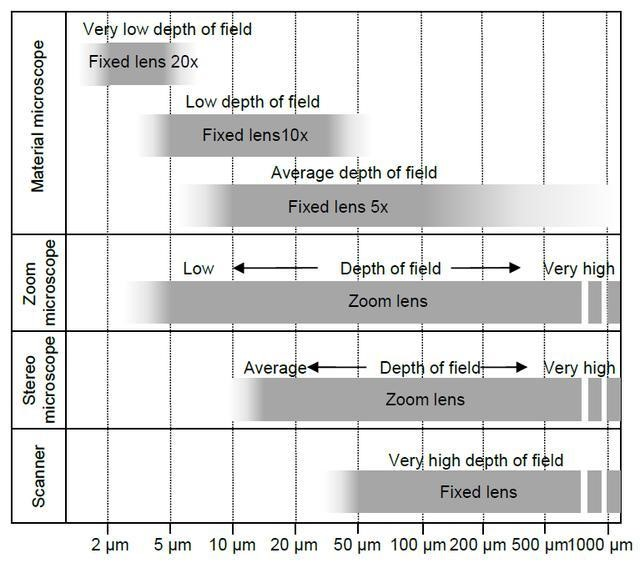
Leica Microsystems has a variety of material microscopes, stereo microscopes and zoom microscopes, which can provide a wealth of cleanliness solutions, among which the most representative are the following three:
The main features of the Leica research-grade stereo microscope M165C cleanliness program:
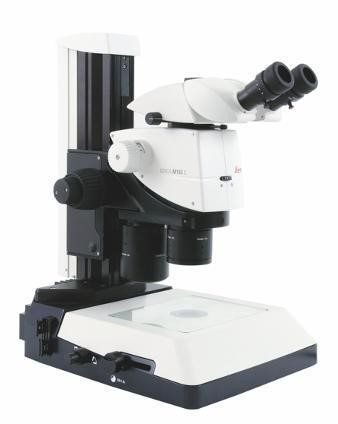
The international standard small particle detection can reach 5um, and the height of the particle can be detected;
Automatically distinguish between particles and fibers, and automatically judge reflective and non-reflective;
The scanning analysis speed is fast, suitable for the detection of large quantities of samples;
The code recognition function ensures the accuracy and repeatability of the results.
The main features of Leica's research-grade material microscope DM4M cleanliness program:
The international standard small particle detection can reach 5um, and the height of the particle can be detected;
Automatically distinguish between particles and fibers, and automatically judge reflective and non-reflective;
Patented cleanliness light path, with automatic polarization function, automatic analysis;
Optical coding ensures accuracy and repeatability, which is conducive to high-throughput analysis;
*The apochromatic optical path with high optical performance can be used for metallographic inspection.
The main features of Leica laser induced breakdown spectroscopy technology DM6M LIBS cleanliness program:
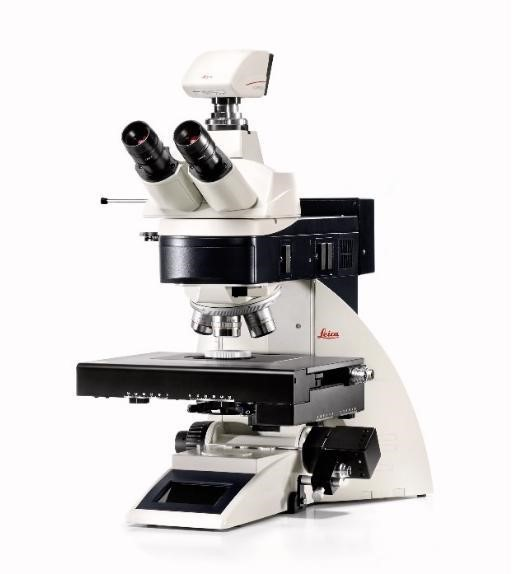
Analyze particle element composition, quickly determine the source of particle pollutants, the international standard small particle detection can reach 5um, and the height of the particle can be detected;
Automatically distinguish between particles and fibers, automatically judge reflective and non-reflective·
Patented cleanliness light path, with automatic polarization function, automatic analysis;
Electric and optical coding ensure accuracy and repeatability, which is conducive to high-throughput analysis;
*The apochromatic optical path with high optical performance can be used for metallographic inspection.
Applicable Products:
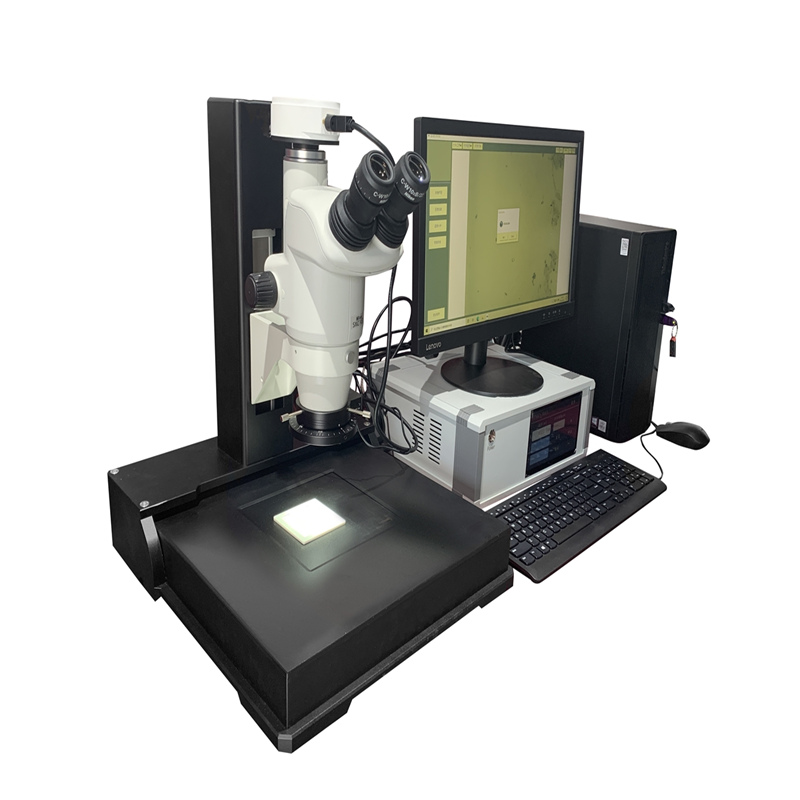 |
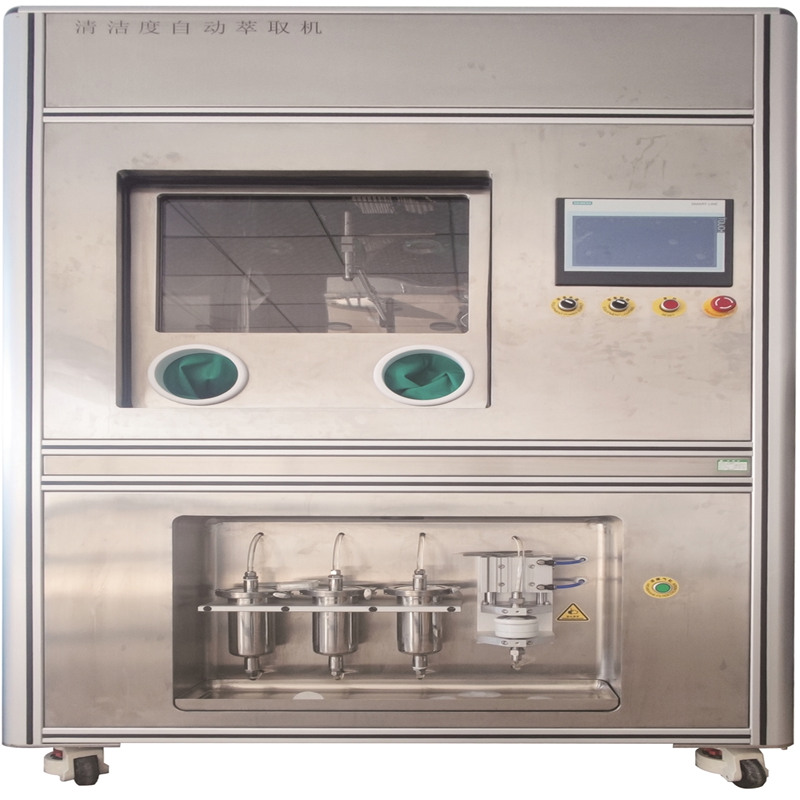 |
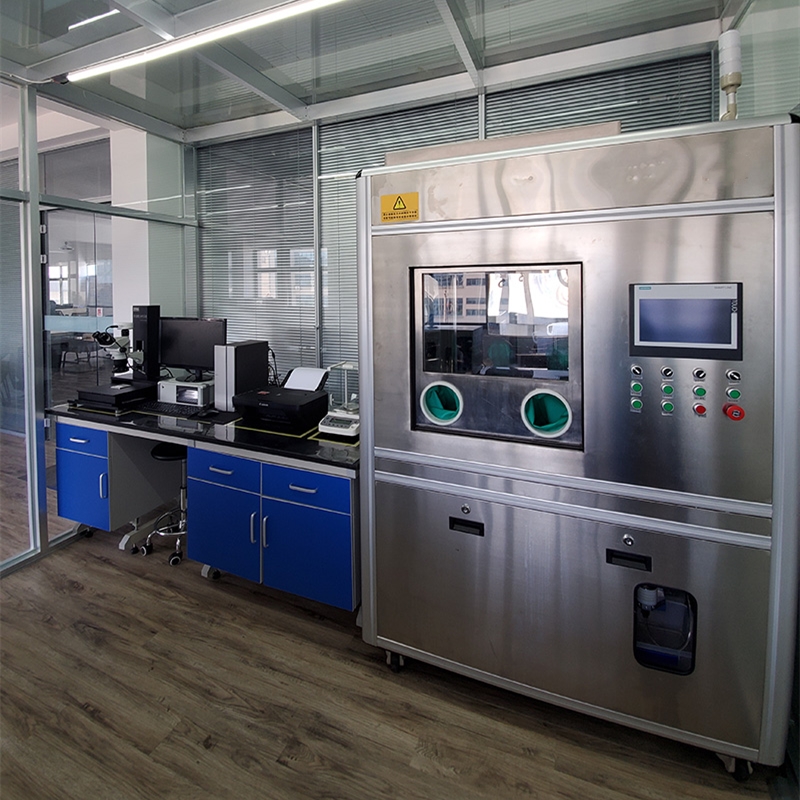 |
| DJ-CA100 Cleanliness Analyser | DJ-CC767 Cleanliness Cabinets | DJ-CTS Cleanliness Testing Solution |